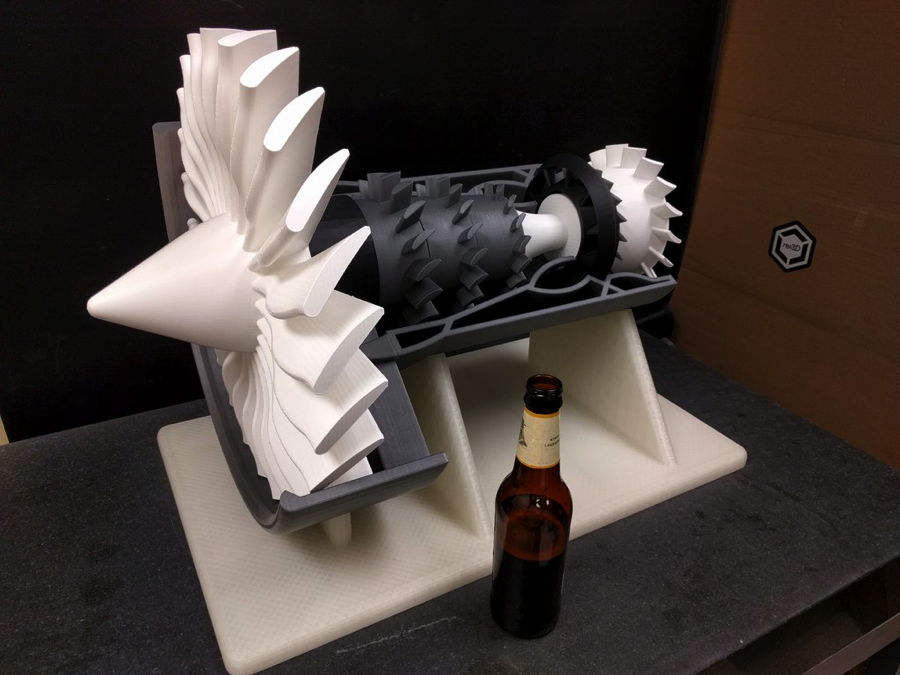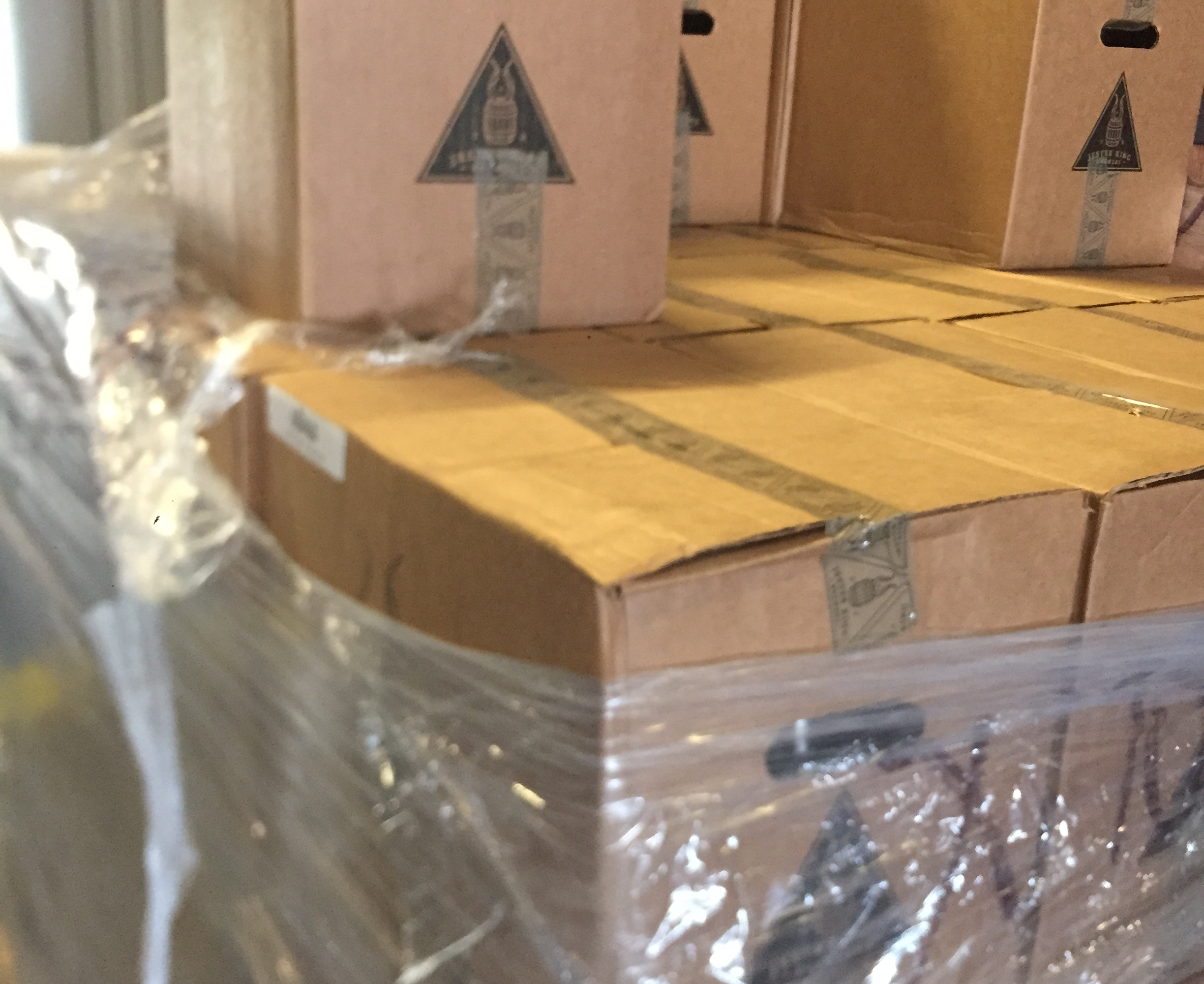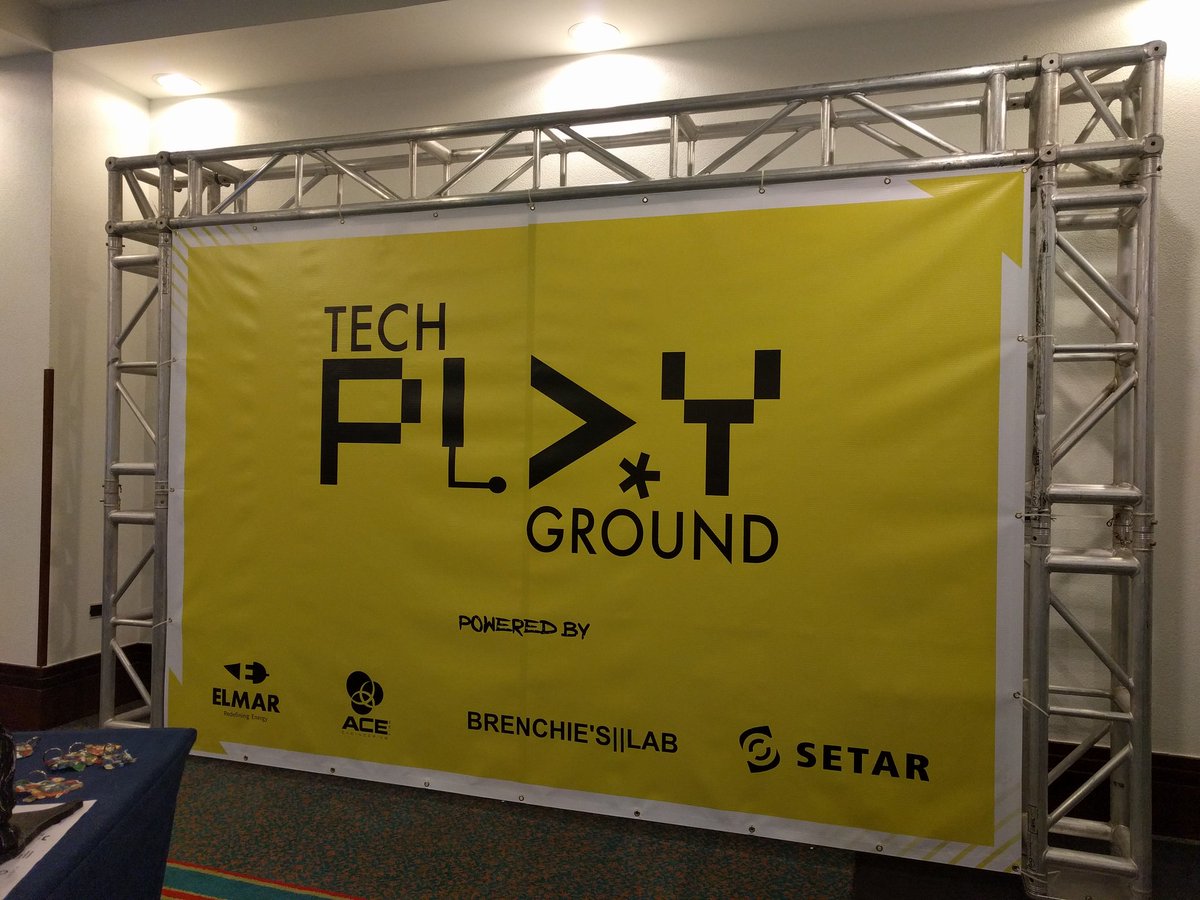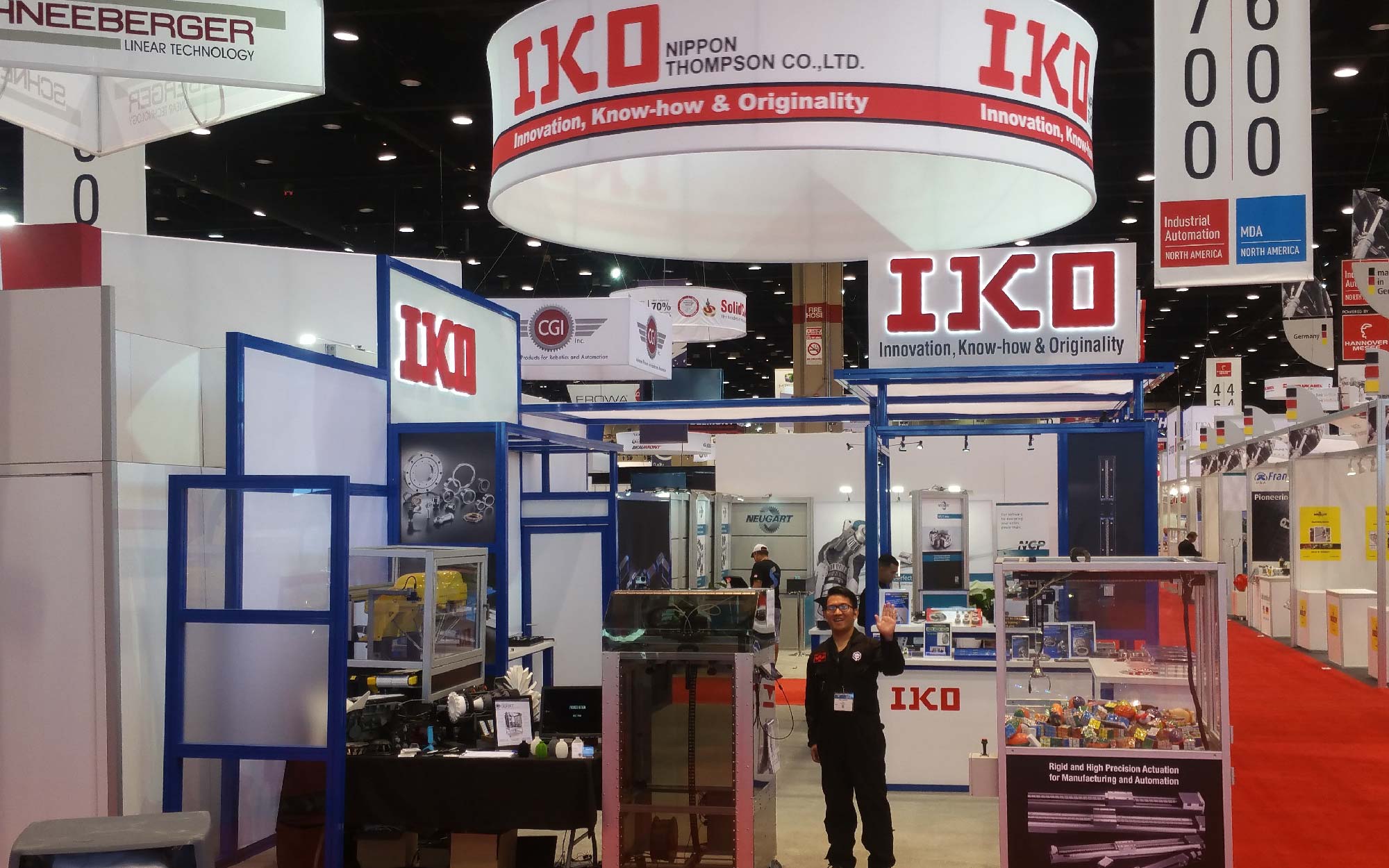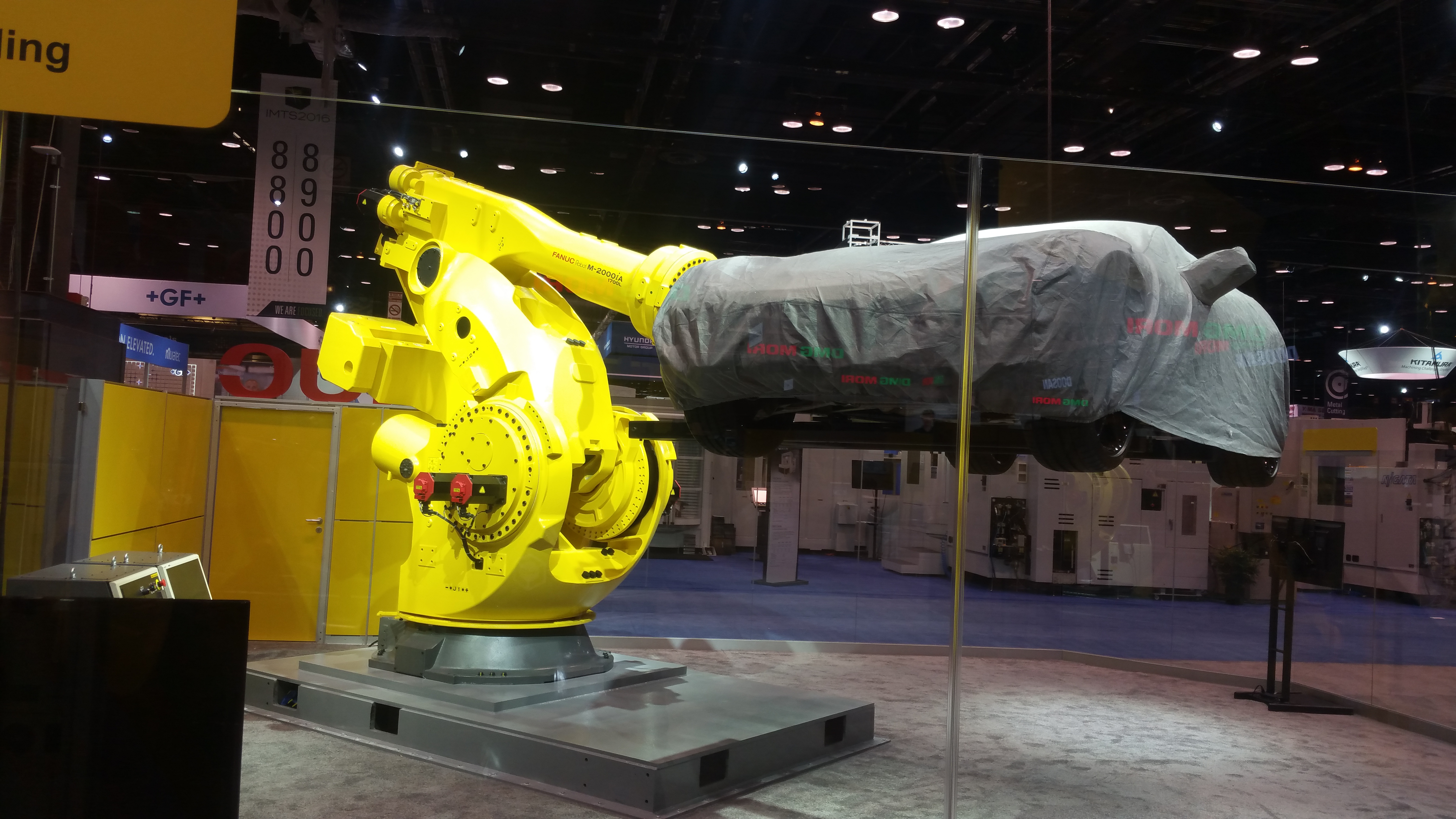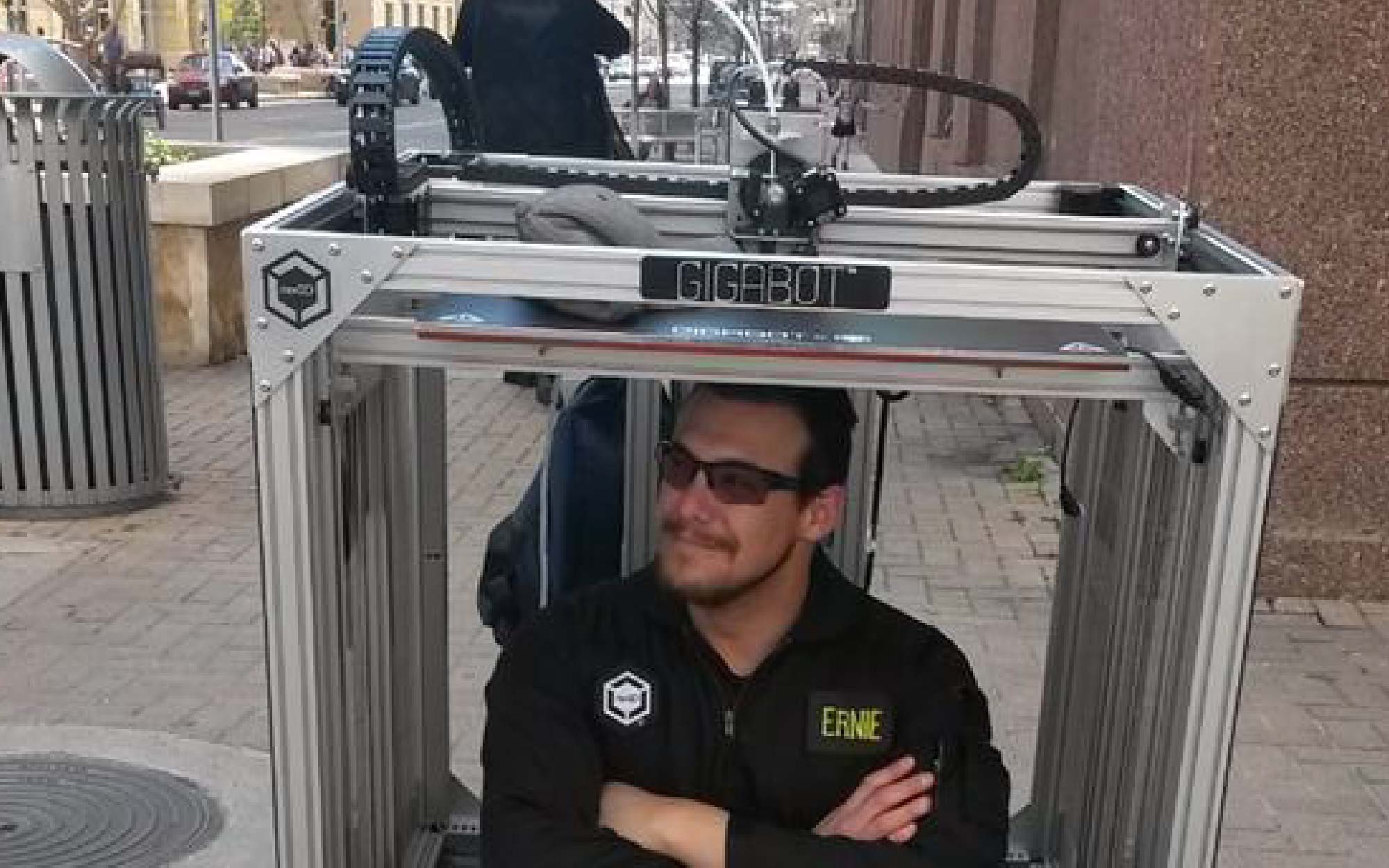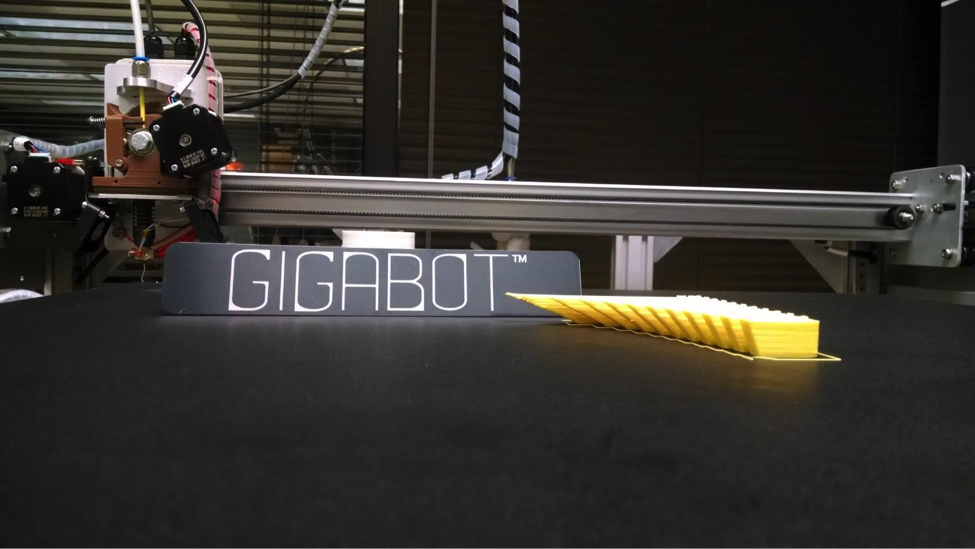On a sunny Sunday afternoon in September, deep in the industrial Red Hook neighborhood of Brooklyn, far from any subway stop, hundreds of people gathered at the water. They were there to watch an event – the only of its kind in the world – called the Red Hook Regatta. It’s currently the world’s only 3D printed boat race, and this year’s second annual drew a cheering crowd that pushed five hundred.
The event was started by David Sheinkopf, who heads the Tech Department at Brooklyn’s Pioneer Works. The race itself is part of a collaboration between Pioneer Works and the Red Hook Initiative, both nonprofits in Red Hook that blend art, education, and technology. They hatched the idea for the race with the goal of honoring the neighborhood’s shipping history with a boat race that could function as both an educational tool and a community unifier. Capitalizing on the buzz of 3D printing as well as the technology’s utility as a boat-constructor, a 3D printed, remote-controlled boat race was born.
Working with the Red Hook Initiative’s Digital Stewards, a group of 18-24 year-olds applying teachings in digital media and technology to civic journalism projects, the race began to take shape. Over the course of several weeks, the stewards designed their boats, learning the power and complexity of CAD software, culminating in printing their boats on Gigabot.
On race day, hundreds of spectators gathered to watch the boat captains navigate their creations through the waters of Brooklyn’s Valentino Pier, dozens of 3D printed boats paying homage to what was one of the nation’s primary shipping ports in the 19th century.
This is the story of the Red Hook Regatta.
Pioneer Works: http://pioneerworks.org/
Red Hook Regatta info: http://pioneerworks.org/red-hook-regatta/
Read Engadget’s account of the 2016 Red Hook Regatta: https://www.engadget.com/2016/09/28/red-hook-regatta-2016/

Morgan Hamel
Blog Post Author


